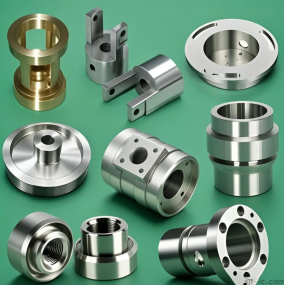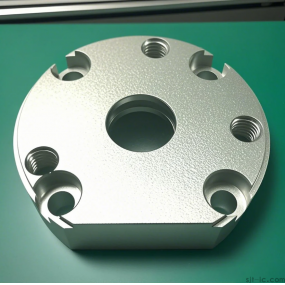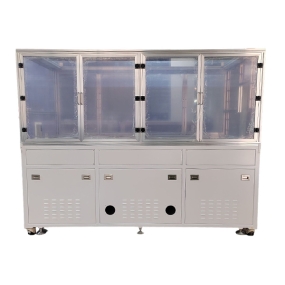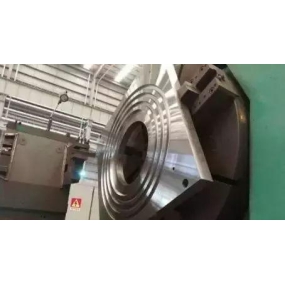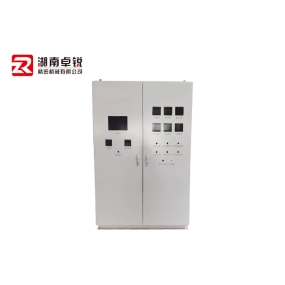01
Processing equipment
1. Ordinary lathe:
Lathe is mainly used for machining shafts, discs, sleeves, and other workpieces with rotating surfaces, and is the most widely used type of machine tool in mechanical manufacturing. (Can achieve an accuracy of 0.01mm)
2. Ordinary milling machine:
It can process flat surfaces, grooves, as well as various curved surfaces, gears, and more complex profiles. (Can achieve an accuracy of 0.05mm)
3. Grinding machine
A grinder is a machine tool that grinds the surface of a workpiece. Most grinders use high-speed rotating grinding wheels for grinding, while a few use other grinding tools such as oilstones, abrasive belts, and free abrasives for processing, such as ultra precision machining machines, abrasive belt grinders, grinders, and polishing machines. (Can achieve accuracy of 0.005mm, small parts can achieve 0.002mm)
4. Fitter
Fitter operations mainly include filing, sawing, marking, drilling, reaming, tapping and threading, scraping, grinding, straightening, bending, and riveting.
5. CNC lathe
Mainly processing batch products, high-precision parts, etc. (Can achieve an accuracy of 0.01mm)
6. CNC milling machine
Mainly processing batch products, high-precision parts, complex parts, large workpieces, etc. (Can achieve an accuracy of 0.01mm)
7. Wire cutting
The electrode used for slow wire is brass wire, and the middle wire is molybdenum wire. Slow wire processing has high precision and good surface smoothness. Process some precision holes, grooves, etc. (Slow wire walking can achieve an accuracy of 0.003mm, while medium wire walking can achieve an accuracy of 0.02mm)
8. Spark machine
Electrical discharge machining (EDM) can process materials and complex shaped workpieces that are difficult to cut by ordinary cutting methods (such as groove corners, small holes, deformed holes, and hard alloys), without cutting force, and without defects such as burrs and tool marks. Not affected by material hardness or heat treatment conditions. (Can achieve an accuracy of 0.005mm)
02
technological process
The machining process specification is one of the process documents that specifies the machining process and operating methods of parts. It is a process document written in a prescribed form under specific production conditions to guide production.
The machining process of parts is composed of many processes, each of which can be divided into several installation, workstations, steps, and cutting.
The processes that need to be included in a manufacturing process are determined by the complexity of the structure of the processed parts, the requirements for machining accuracy, and the type of production.
Different production quantities result in different processing techniques.
Process knowledge
1) Holes with an accuracy of less than 0.05 cannot be machined by CNC milling and require CNC Machining; If it is a through hole, it can also be wire cut.
2) The precision holes (through holes) after quenching require wire cutting processing; Blind holes require rough machining before quenching and precision machining after quenching. Non precision holes can be made in place before quenching (leaving a quenching allowance of 0.2 on one side).
3) Slots with a width of less than 2mm require wire cutting, and even deep grooves with a depth of 3-4mm require wire cutting.
4) The minimum allowance for rough machining of quenched parts is 0.4, and the allowance for rough machining of non quenched parts is 0.2.
5) The coating thickness is generally 0.005-0.008, and it should be processed according to the size before plating.
03
Process working hours
Time quota is the time required to complete a process, and it is an indicator of labor productivity. According to the time quota, production operation plans can be arranged, cost accounting can be carried out, equipment quantity and personnel staffing can be determined, and production area can be planned. Therefore, time quota is an important component of process regulations.
The time quota should be determined based on the production technology conditions of the enterprise, so that most workers can achieve it through hard work, some advanced workers can exceed it, and a few workers can achieve or approach the average advanced level through hard work.
With the continuous improvement of production technology conditions in enterprises, time quotas are regularly revised to maintain the average advanced level of quotas.
The time quota is usually determined by a combination of process personnel and workers, by summarizing past experience and referring to relevant technical information for direct estimation. Alternatively, it can be calculated by comparing and analyzing the time quota of workpieces or processes of similar products, or determined by measuring and analyzing the actual operating time.
Process hours=preparation hours+basic time
Preparation time refers to the time consumed by workers to familiarize themselves with process documents, collect raw materials, install fixtures, adjust machine tools, and disassemble fixtures. Calculation method: Estimate based on experience.
The basic time is the time it takes to cut off the metal.
04
Quotation cost calculation method
Processing cost=(material cost+processing cost) * 1.2
The coefficient of [1.2 includes management fees]
Equipment cost=(processing material cost+processing cost+purchase cost+assembly and debugging cost+design cost) * 1.2
The coefficient of [1.2 includes management fees]
Material cost=weight (density * volume) * unit price (yuan/kg)
Processing fee=process hours * unit price (yuan/hour)
Japanese procurement cost (yuan)=purchase price (yen)/exchange rate
The cost of domestic procurement products will be quoted by the supplier
Design fee=working hours * unit price (yuan/hour)
Quotation information:
1) Lathe: 60 yuan/hour
2) Milling machine: 60 yuan/hour
3) Grinding machine: 60 yuan/hour
4) Fitter: 80 yuan/hour
5) Processing center: 60-120 yuan/hour
6) CNC lathe: 60-120 yuan/hour
7) Spark machine: 80-150 yuan/hour
8) Slow wire cutting: 60-150 yuan/hour; The starting price for small items is 80 yuan, while for large items, the area is 0.06-0.08 yuan/mm2
9) Fine hole discharge: carbon steel, tungsten steel, 1 yuan/mm for sizes up to and including 0.3, 2-3 yuan/mm for sizes below 0.3; ¥ 0.3 and above 1.8-2 yuan/mm
10) Management fee: Cost price * 0.2
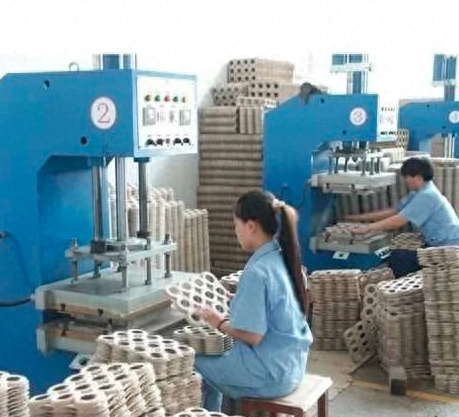


 Spanish
Spanish Arabic
Arabic French
French Portuguese
Portuguese Belarusian
Belarusian Japanese
Japanese Russian
Russian Malay
Malay Icelandic
Icelandic Bulgarian
Bulgarian Azerbaijani
Azerbaijani Estonian
Estonian Irish
Irish Polish
Polish Persian
Persian Boolean
Boolean Danish
Danish German
German Filipino
Filipino Finnish
Finnish Korean
Korean Dutch
Dutch Galician
Galician Catalan
Catalan Czech
Czech Croatian
Croatian Latin
Latin Latvian
Latvian Romanian
Romanian Maltese
Maltese Macedonian
Macedonian Norwegian
Norwegian Swedish
Swedish Serbian
Serbian Slovak
Slovak Slovenian
Slovenian Swahili
Swahili Thai
Thai Turkish
Turkish Welsh
Welsh Urdu
Urdu Ukrainian
Ukrainian Greek
Greek Hungarian
Hungarian Italian
Italian Yiddish
Yiddish Indonesian
Indonesian Vietnamese
Vietnamese Haitian Creole
Haitian Creole Spanish Basque
Spanish Basque



